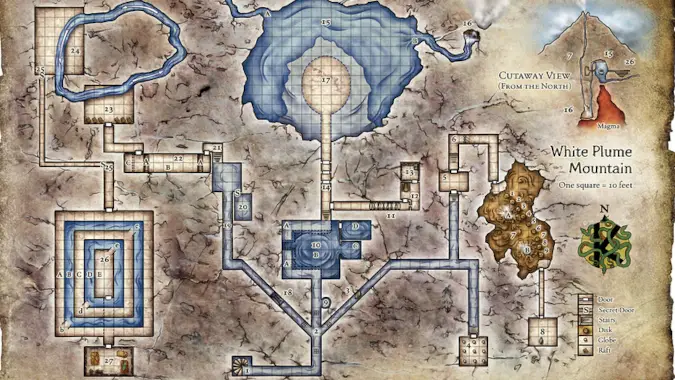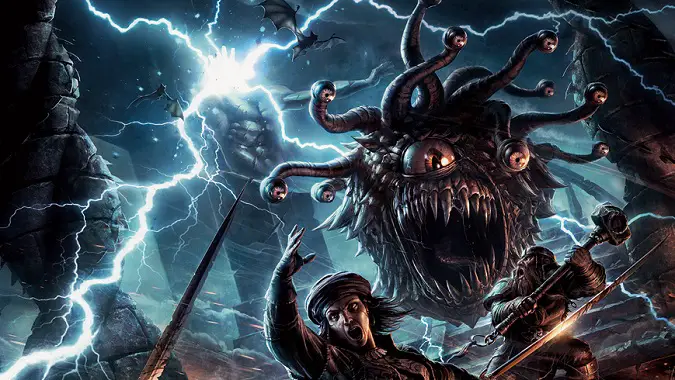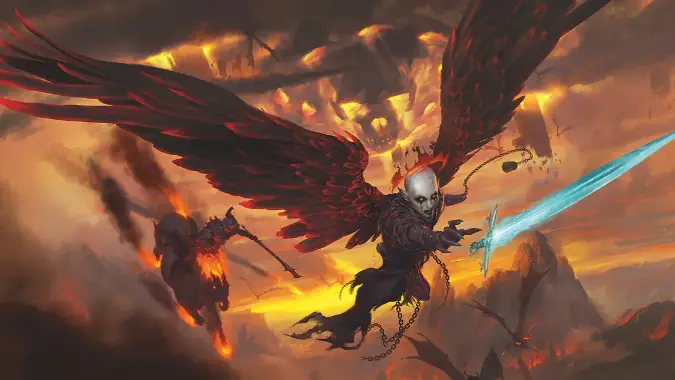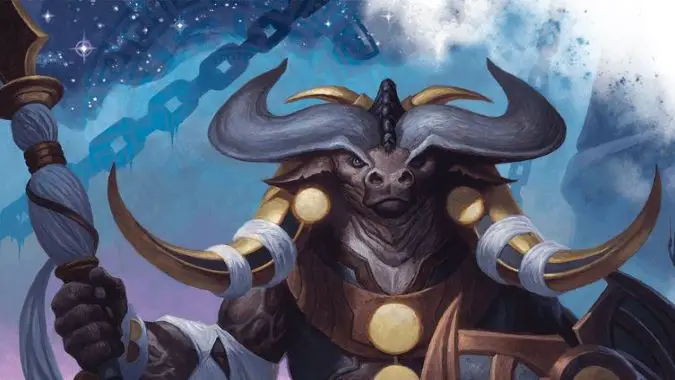How to run a dungeon crawl in D&D

I know someone reading this is already saying “What’s so hard about running a dungeon crawl? You just put the party in a dungeon and fill it with monsters!” and I understand that impulse, but it’s wrong. Just throwing the party into a monster-packed maze has a high chance of ending with a party kill, especially in Dungeons & Dragons, which is set up so that certain powers and abilities are limited resources, and those limited resources are often taxed by dungeon crawls. Any ability that takes a long or short rest before you can use it again is a limited resource, and in dungeon crawls once they’re used they’re gone — unless you you provide places for the party to rest, a Diablo-style dungeon crawl is a recipe for disaster in most tabletop RPGs, especially D&D. That makes dungeon crawls particularly challenging for a DM to design and run.
And while we’re using D&D as our example, but other games like Pathfinder 2e can run into similar problems — and similar solutions will help. It’s possible to run a great dungeon crawl, no matter the game. But to keep it fun for your party — and to avoid killing them — DMs need to spend some time planning. So let’s take a look at some ideas that will make it easier for you to run a dungeon crawl in a tabletop setting.

Dungeon crawls should only have a few big encounters
Less is more in a dungeon crawl for D&D. A single game session can last four to six hours, and more than three long combats will just eat up your session time. Especially with any turn-based RPG, combat takes a while to adjudicate and it’s simply a lot to deal with. In general, when designing a dungeon, unless you plan on it being the central focus of a long stretch of a campaign — dungeons like The Temple of Elemental Evil, White Plume Mountain, or The Tomb of Horrors come to mind here, mega dungeons that parties leave and return to several times — my recommendation is to design three or four major encounters and a smattering of smaller, less involved flavor encounters, ones with low stakes for the party.
Now, don’t tell them that — let players think every encounter has the potential to be the big boss fight. But it’s very helpful for you to design smaller encounters to flesh out the dungeon. Use these encounters to reveal details about the place and keep the party on their toes, but don’t try make them so difficult that the party is forced to burn their bigger abilities.
The challenge of dungeons in D&D is partially one of conservation. The party’s goal is to get to the last fight with as much of your arsenal intact as possible, and it’s your job as the DM to get them there. These encounters aren’t there to kill the party — they’re there to let the party think they were going to be killed if not for that clutch roll, tactical spell use, or other thing they did that helped turn the tide.

Why should you run a dungeon crawl ?
So why even do a dungeon crawl if it’s so challenging? Why not just do a session where the party travels overland, gets to a big bad’s lair, and goes in to kill him with all their spells and abilities ready? Why not just let the party travel around going from dragon to dragon?
Well, for one, that’s boring.
For another, it’s really boring. Boring for your players and boring for you, the gal who has to think up these encounters. It’s very hard to get your players to pay attention to the scenery if they know they’re going to yet another lair to kill yet another powerful monster, which they’ll be facing at full strength. There’s something cool and awesome about exploring an ancient lost city or temple, or venturing deep into a long-lost Dwarven mine invaded by subterranean horrors. DMs can put in rooms full of traps, or even backstory for future events — if you know you plan to have an undead Dwarf king rise up and attempt to purge the surface world, you can put several murals in the mine dungeon that talk about his accomplishments and how he was betrayed and cursed. Dungeons offer unique storytelling opportunities.
Secondly, dungeon crawls are great places to give the party magic items and treasure. There’s a reason the game is called Dungeons & Dragons and not simply Dragons. While a big dragon fight is cool as the climactic moment of a campaign, having a campaign of nothing but big dragon fights — or beholder fights, or whatever — is like eating nothing but cake. Sure, it sounds great at first, and six year old you used to fantasize about it, but actually doing it ends up with you sick to your stomach and desperately wishing for anything else to eat. Using dungeons gives you a break, lets you intersperse smaller and larger encounters, distribute treasure — including items that can and will add complications to your campaign, because mo magic items mo problems — and introduce lore and future plot elements to your players.

Help! I’m a new DM and I have never run a dungeon crawl before!
Here are some suggestions for new DMs, which can help you design a one- or two-session dungeon crawl. As time goes on you’ll learn more and get more confident, and it will be easier to design longer, more complicated dungeons for your players. But if you’re just getting started, these tips are to help you get your first dungeons going:
- Don’t go too big. Your first dungeon should be manageable. I’d say two major encounters, and no more than four smaller flavor encounters. Make sure to use at least one of these encounters for mooks — lower level antagonists who exist primarily for the party to take them out and feel heroic doing it.
- Ramping difficulty is best. The hardest fight should be the last one — preferably with the dungeon’s major threat, so that after this fight the party is free to rest and recover. This is the fight the party came for, make sure that it’s memorable. This is the fight to put lair actions and legendary abilities into, not the first pull of the dungeon.
- You want to challenge the party, not wipe them out. Killing the party is easy, and while it can happen, it shouldn’t be your goal. Keep the monsters within the realm of possibility for your party — four 5th level characters shouldn’t be going up against the Tarrasque.
- Mix things up. A variety of monster encounters is better than a series of increasingly aggressive Orcs. I’m not saying don’t use Orcs, just remember, the Orcs could have some Goblin friends, maybe they hired an Ogre to guard their main treasure room, and they have some pet Worgs.
- Make sure there are good rewards f0r success. Don’t be afraid to put some gold, some nifty magic items — maybe a +1 Greatsword for that Fighter, or a Bag of Holding for the party as a whole. [Ed’s note: Or even a Deck of Many Things, though new DMs may want to hold off on that.]
Remember, dungeon crawls are a big part of the history of tabletop RPGs, and there’s no reason you shouldn’t make use of this time-tested tool. It can provide your party with unique challenges and give you some unique storytelling opportunities. Just be smart about designing your dungeon crawl, and use the dungeon to move the campaign along, not to grind the party down.
Particularly in a monster-dense dungeon, the DM’s job isn’t to “win” by defeating the party, but to the party think they just barely escaped defeat. That’s a challenge for a DM to pull off, and can be a lot of fun for the players. Just keep the above tips in mind, and your dungeon crawl — whether it’s your first or your fiftieth — will go just fine.
Please consider supporting our Patreon!
Join the Discussion
Blizzard Watch is a safe space for all readers. By leaving comments on this site you agree to follow our commenting and community guidelines.
 @MatthewWRossi
@MatthewWRossi



